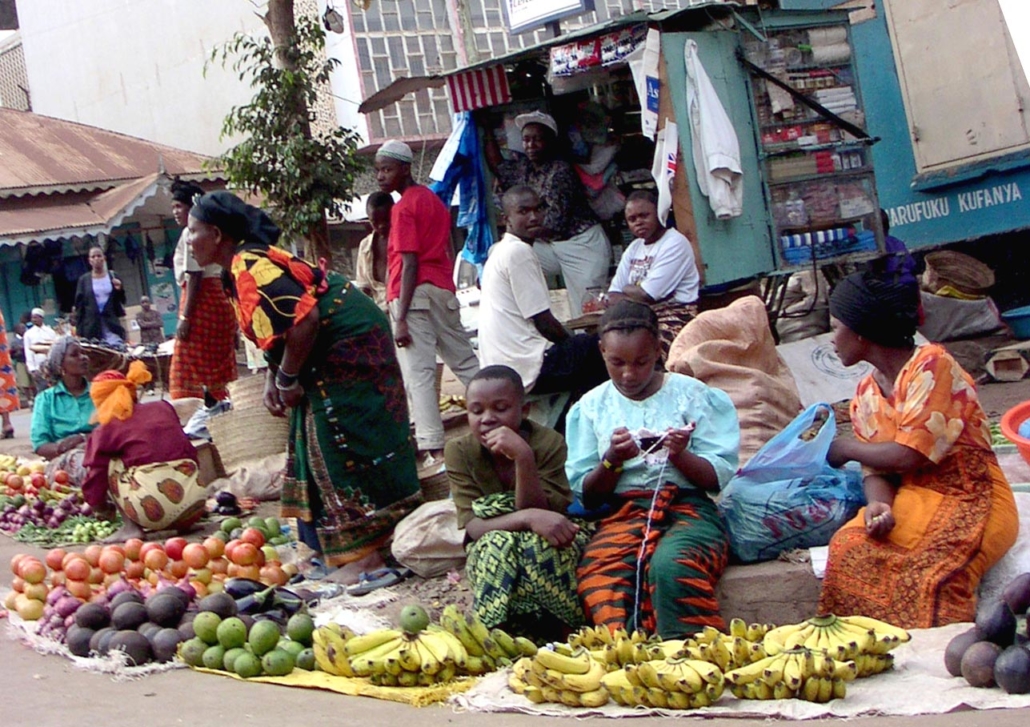5 Facts About Foodborne Illnesses in Africa

With approximately 41% of the African population experiencing poverty, access to food is a persistent struggle. Poor food quality often accompanies food scarcity and both can lead to foodborne illnesses. According to NPR, Africa has the highest per-capita rate of foodborne illnesses in the world. Here are five facts about foodborne illnesses in Africa.
5 Facts About Foodborne Illnesses in Africa
- Children are the most affected by foodborne illnesses. Children, especially under the age of five, are at an increased risk of contracting a foodborne illness. Since their immune systems are not fully developed yet, it is also more difficult for children to fight off illnesses, particularly if they do not have access to high-quality health services.
- Lack of refrigeration is an underlying cause of foodborne illness. In rural villages in the Eastern Cape of Africa, many families do not have access to a refrigerator or electricity. As a result, they have to buy food daily to ensure that it does not perish. This becomes expensive, however, and is not sustainable for a low-income family. Therefore, many of these families resort to keeping food that would otherwise require refrigeration out in the open. Bacteria on food grows fastest in temperatures ranging from 40 to 140 degrees Fahrenheit, doubling about every 20 minutes. Given that average temperatures in Africa fall within that range, Africans who do not have the means to buy a refrigerator are more prone to developing foodborne illnesses.
- The transportation of food in Africa is also a significant factor. A majority of Africans get their food through informal markets. The food that arrives at these markets typically originates from smallholder farms, but the safety standards during transportation are not always strictly enforced. Food contamination can happen during food production, delivery and consumption. In Africa, where food often travels long distances in hot climates without adequate packaging, contamination is more likely.
- Many African governments do not possess the resources to regulate food safety risks. Since Africa suffers from hunger and malnutrition, governments place an emphasis on delivering as much food as possible to those lacking it. This sometimes leads to a greater focus on quantity than quality. During hunger crises, although governments deliver food in a widespread manner, it can cause more harm if the food is contaminated. Without the resources necessary to regulate food safety, many African governments rely on international organizations that provide policy guidance and training.
- Africa’s food system is becoming more industrialized. While diets in Africa used to be rich in grains, many diets now primarily contain vegetables, meat and dairy products. These foods are more likely to require refrigeration, increasing the likelihood of contamination. Additionally, as more diverse diets are incorporated, there is the threat of new illnesses emerging. Underfunded clinics often lack the knowledge and resources to adequately diagnose foodborne illnesses and the emergence of new illnesses may worsen the diagnosis process.
Looking Ahead
Despite having a high rate of foodborne illnesses, progress is being made in Africa. The African Union is working to implement a continent-wide food safety authority. The initiative is set to emerge in the next year and will focus on increasing food safety protocols in markets and factories.
An organization called Harvest Plus uses a food-based approach to tackle hunger and agricultural needs by adding micronutrients to food. Through a process called biofortification, farmers add vitamins and minerals to everyday crops to sustainably bridge the gap between agriculture and nutrition. By targeting vulnerable populations around the world, the organization ensures food security in a nutritious and safe manner. Harvest Plus is confident that with consistent efforts, 1 billion people can have access to biofortified foods by 2030.
– Sarah Frances
Photo: Flickr
